In Inisfail the fair there lies a land, the land of holy
Michan. There rises a watchtower beheld of men afar. There sleep the mighty
dead as in life they slept, warriors and princes of high renown.
A pleasant
land it is in sooth of murmuring waters, fishful streams where sport the
gurnard, the plaice, the roach, the halibut, the gibbed haddock, the grilse,
the dab, the brill, the flounder, the pollock, the mixed coarse fish generally
and other denizens of the aqueous kingdom too numerous to be enumerated.
In the
mild breezes of the west and of the east the lofty trees wave in different
directions their firstclass foliage, the wafty sycamore, the Lebanonian cedar,
the exalted planetree, the eugenic eucalyptus and other ornaments of the
arboreal world with which that region is thoroughly well supplied.
Lovely
maidens sit in close proximity to the roots of the lovely trees singing the
most lovely songs while they play with all kinds of lovely objects as for example
golden ingots, silvery fishes, crans of herrings, drafts of eels, codlings,
creels of fingerlings, purple seagems and playful insects.
And heroes voyage
from afar to woo them, from Eblana to Slievemargy, the peerless princes of
unfettered Munster and of Connacht the just and of smooth sleek Leinster and of
Cruachan’s land and of Armagh the splendid and of the noble district of Boyle,
princes, the sons of kings.
And there rises a shining palace whose crystal
glittering roof is seen by mariners who traverse the extensive sea in barks
built expressly for that purpose, and thither come all herds and fatlings and
firstfruits of that land for O’Connell Fitzsimon takes toll of them, a
chieftain descended from chieftains.
Thither the extremely large wains bring
foison of the fields, flaskets of cauliflowers, floats of spinach, pineapple
chunks, Rangoon beans, strikes of tomatoes, drums of figs, drills of Swedes,
spherical potatoes and tallies of iridescent kale, York and Savoy, and trays of
onions, pearls of the earth, and punnets of mushrooms and custard marrows and
fat vetches and bere and rape and red green yellow brown russet sweet big
bitter ripe pomellated apples and chips of strawberries and sieves of
gooseberries, pulpy and pelurious, and strawberries fit for princes and
raspberries from their canes.
And by that way
wend the herds innumerable of bellwethers and flushed ewes and shearling rams
and lambs and stubble geese and medium steers and roaring mares and polled
calves and longwools and storesheep and Cuffe’s prime springers and culls and
sowpigs and baconhogs and the various different varieties of highly
distinguished swine and Angus heifers and polly bulllocks of immaculate
pedigree together with prime premiated milchcows and beeves: and there is ever
heard a trampling, cackling, roaring, lowing, bleating, bellowing, rumbling,
grunting, champing, chewing, of sheep and pigs and heavyhooved kine from
pasturelands of Lusk and Rush and Carrickmines and from the streamy vales of
Thomond, from the M’Gillicuddy’s reeks the inaccessible and lordly Shannon the
unfathomable, and from the gentle declivities of the place of the race of Kiar,
their udders distended with superabundance of milk and butts of butter and
rennets of cheese and farmer’s firkins and targets of lamb and crannocks of
corn and oblong eggs in great hundreds, various in size, the agate with this
dun.
The figure seated on a large boulder at the foot of a round
tower was that of a broadshouldered deepchested stronglimbed frankeyed
redhaired freelyfreckled shaggybearded widemouthed largenosed longheaded
deepvoiced barekneed brawnyhanded hairylegged ruddyfaced sinewyarmed hero.
From shoulder to shoulder he measured several ells and his
rocklike mountainous knees were covered, as was likewise the rest of his body
wherever visible, with a strong growth of tawny prickly hair in hue and
toughness similar to the mountain gorse (Ulex Europeus). The widewinged
nostrils, from which bristles of the same tawny hue projected, were of such
capaciousness that within their cavernous obscurity the fieldlark might easily
have lodged her nest. The eyes in which a tear and a smile strove ever for the
mastery were of the dimensions of a goodsized cauliflower. A powerful current
of warm breath issued at regular intervals from the profound cavity of his
mouth while in rhythmic resonance the loud strong hale reverberations of his
formidable heart thundered rumblingly causing the ground, the summit of the
lofty tower and the still loftier walls of the cave to vibrate and tremble.
He wore a long unsleeved garment of recently flayed oxhide
reaching to the knees in a loose kilt and this was bound about his middle by a
girdle of plaited straw and rushes. Beneath this he wore trews of deerskin,
roughly stitched with gut. His nether extremities were encased in high
Balbriggan buskins dyed in lichen purple, the feet being shod with brogues of
salted cowhide laced with the windpipe of the same beast. From his girdle hung
a row of seastones which jangled at every movement of his portentous frame and
on these were graven with rude yet striking art the tribal images of many Irish
heroes and heroines of antiquity, Cuchulin, Conn of hundred battles, Niall of
nine hostages, Brian of Kincora, the ardri Malachi, Art MacMurragh, Shane
O’Neill, Father John Murphy, Owen Roe, Patrick Sarsfield, Red Hugh O’Donnell,
Red Jim MacDermott, Soggarth Eoghan O’Growney, Michael Dwyer, Francy Higgins,
Henry Joy M’Cracken, Goliath, Horace Wheatley, Thomas Conneff, Peg Woffington,
the Village Blacksmith, Captain Moonlight, Captain Boycott, Dante Alighieri,
Christopher Columbus, S. Fursa, S. Brendan, Marshal MacMahon, Charlemagne,
Theobald Wolfe Tone, the Mother of the Maccabees, the Last of the Mohicans, the
Rose of Castile, the Man for Galway, The Man that Broke the Bank at Monte
Carlo, The Man in the Gap, The Woman Who Didn’t, Benjamin Franklin, Napoleon
Bonaparte, John L. Sullivan, Cleopatra, Savourneen Deelish, Julius Caesar,
Paracelsus, sir Thomas Lipton, William Tell, Michelangelo Hayes, Muhammad, the
Bride of Lammermoor, Peter the Hermit, Peter the Packer, Dark Rosaleen, Patrick
W. Shakespeare, Brian Confucius, Murtagh Gutenberg, Patricio Velasquez, Captain
Nemo, Tristan and Isolde, the first Prince of Wales, Thomas Cook and Son, the
Bold Soldier Boy, Arrah na Pogue, Dick Turpin, Ludwig Beethoven, the Colleen
Bawn, Waddler Healy, Angus the Culdee, Dolly Mount, Sidney Parade, Ben Howth,
Valentine Greatrakes, Adam and Eve, Arthur Wellesley, Boss Croker, Herodotus,
Jack the Giantkiller, Gautama Buddha, Lady Godiva, The Lily of Killarney, Balor
of the Evil Eye, the Queen of Sheba, Acky Nagle, Joe Nagle, Alessandro Volta,
Jeremiah O’Donovan Rossa, Don Philip O’Sullivan Beare.
A couched spear of acuminated granite rested by him while at
his feet reposed a savage animal of the canine tribe whose stertorous gasps
announced that he was sunk in uneasy slumber, a supposition confirmed by hoarse
growls and spasmodic movements which his master repressed from time to time by
tranquilising blows of a mighty cudgel rudely fashioned out of paleolithic
stone.
NOTE:
( the gob-smacking new wall painting at drogheda is by ciaran dunlevy, obviously another great irish soul )




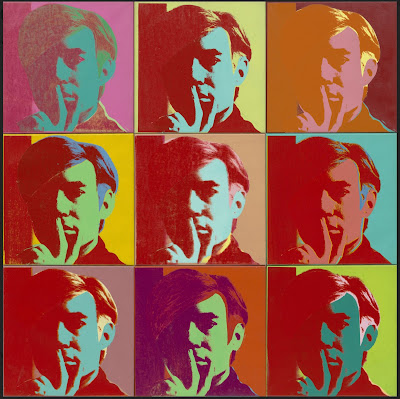



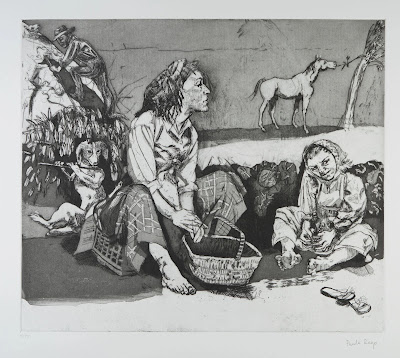

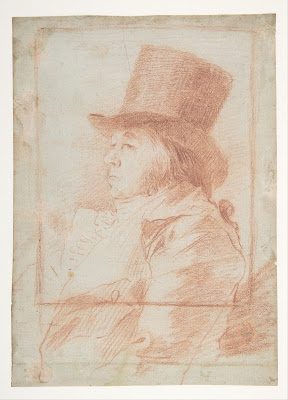





.png)
.jpg)





















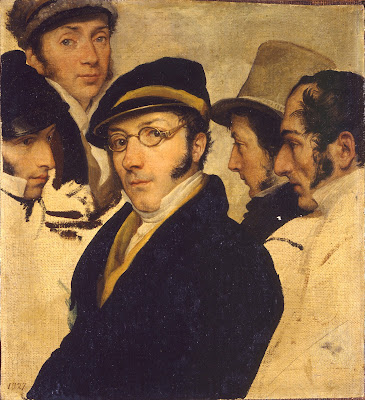

.jpg)






.jpg)
.png)





,_1909_(forl%C3%AC,_palazzo_romagnoli).jpg)



.jpg)

.png)
.png)



























.png)






















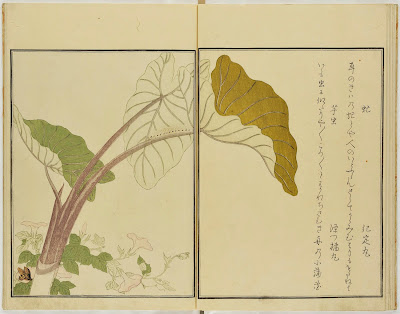


















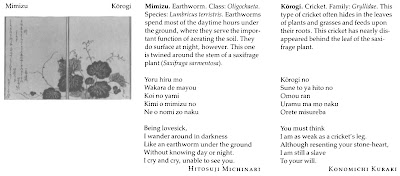




.png)